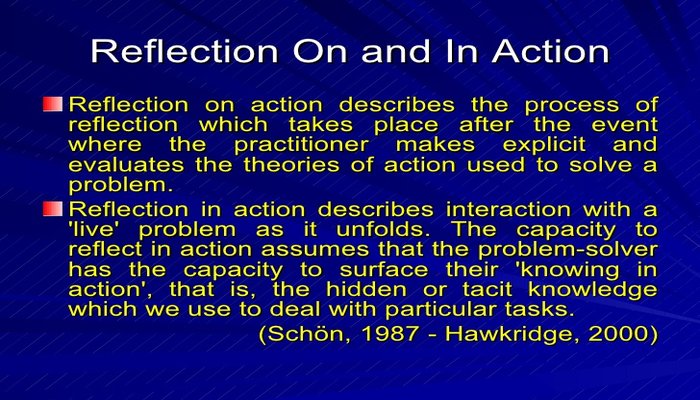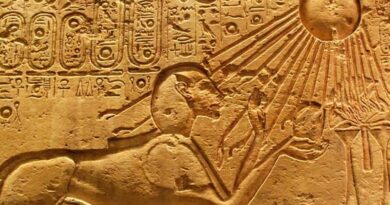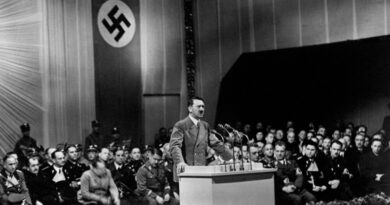Comparison Between Reflection-On-Action and Reflection-In-Action

In order to effectively achieve the objectives of reflective practice, several models and theories have been formulated to facilitate the process of reflection. Reflection has, over time, been divided into two main categories namely reflection-on-action and reflection-in-action.
Reflection-on-action refers to the retrospective contemplation of practice undertaken in order to uncover the knowledge used in practical situations, by analysing and interpreting the information recalled (Fitzgerald, 1994). Therefore, it involves looking back after the event has occurred. It involves the turning of information into knowledge by use of a post mortem done cognitively. It is also believed that this kind of reflection does not only increase one’s knowledge but also challenges the theories and concepts held by a person (Bolton 2004).
Reflection-in-action on the other hand refers to thinking about what one is doing whilst one is doing it; it is typically stimulated by surprise, by something which puzzled the practitioner concerned (Greenwood, 1993). This gives the practitioner a chance to redesign what is being done while it is being done and is therefore associated by experienced practitioners (Schon 1983).
In this essay reflection on action is dwelt upon and there is the comparison between two models of reflective practise namely Gibbs model for reflection and Johns model of refection.
Gibbs Model for Reflection
This involves the use of several steps in order to achieve successful reflection in practice.
Step 1: Event Description
The practitioner at this stage has to describe in detail the event on which he or she is reflecting. The description seeks to answer questions such as where the practitioner was, who else was present at the event, why the practitioner was at the event, what the practitioner was doing, what other people were doing at the event, what the context of the event was; what then happened; the part played by the practitioner; the part played by other people and what the final result was (Fook, 2000).
Step 2: Feelings and Thoughts
This step is dedicated to the practitioner’s self awareness as he or she is expected to recall and explore the things that were going on inside his/her head. This step includes answering questions such as how the practitioner as feeling at the start of the event; what the practitioner was thinking about the time of the event; how it made him/her feel; how other people made the practitioner feel; how he/she felt about the outcome of the event, and finally, what the practitioner thinks of the event.
Step 3: Evaluation
The practitioner at this stage should try to make or evaluate a judgement about what has happened. He/she is also expected to consider and distinguish between that which did well and that which did not.
Step 4: Analysis
The practitioner at this stage has to break down the event into component parts. This gives a chance for the separate exploration of parts thereby giving the practitioner chance to ask questions that are detailed and which would suffice the answers at the last stage. The practitioner may need to answer the questions whose answers explain what happened in a manner that had been expected, what the practitioner did well, what others did well, what did not turn out as had been expected and finally the manner in which the practitioner together with other participants contributed to the happenings.
Step 5: Conclusion
This stage is also referred to as the synthesis stage and is characterised by the insight development in as far as the behaviour of the practitioner contributed to the outcome of the events. As stated earlier the purpose of reflection involves the learning from experience by a person or a group of people. In order to maximise on the learning opportunities that present themselves during the stages, it is important for ne to perform an honest exploration and carry out a detailed analysis. This will ensure that there is no loss of invaluable information. This stage presents the practitioner an opportunity to ask him/herself that which he/she would have done better
Step 6: Action Plan
This is the self evaluation stage in which the practitioner questions himself what he/she would have done differently if the event was encountered again.
Gibbs model focuses on reflection-on-action but it could also be used to focus on reflection-in-action during practise.
Johns Model of Reflection
This is a structured model in which a practitioner is given guidance as he/she aspires to attain a greater understanding of the situation at hand (Johns 1995). The model is designed in such a way that it is carried out through the act of sharing with a mentor or a colleague and this enables the experience attained by the practitioner to become relevant and invaluable knowledge at faster rate which would be better than if the practitioner had depended on reflection alone.
The model highlights the importance of having an experienced practitioner and one who has the ability to access information and where possible should be able to put in practise after the information has been acquired (Atkins & Murphy 1994).
The model takes the approaches of ‘looking in’ and ‘looking out’ of the environments within and around him/her. Looking in involves reflection on thoughts and emotions whereas looking out involves reflection on the situation that is being experienced. The model is very comprehensive and facilitates the touching on the several important elements (Johns 1995).
The model was basically designed for the healthcare environment and involves the use of 5 cue questions that are usually further divided into smaller focuses to promote the very detailed reflection (Kim 1999). The cue questions are based on:
Experience Description
The practitioner is expected to describe the real time experience and state the factors that contributed to the existence of the experience at hand. The practitioner is also expected to outline the background factors of the various experiences in what constitutes the context. Finally, the practitioner has to clarify the key processes that would be used in the reflection of the experience (Smyth 1989).
Reflection
This involves the practitioner seeking conviction from his/her own self by providing answers to questions that require the statement of the aim of the intervention and the manner in which the intervention was done. The practitioner should also evaluate the consequences of his/her actions to those around him/her whether they are the family members (in social development), the patients (in healthcare) or the students (in education) (Carper 1978).
Under this, the practitioner should seek to outline the feelings he/she had during the occurrence of the experience and should compare it with what the recipient (family member, student or patient) was feeling during the same time.
Influencing Factors
The questions here seek to give information about the various external and internal factors that contributed to the decision making process by the practitioner. This involves understanding the various sources of information or knowledge that might have influenced the making of the decision.
Evaluation
This step involves analysing the source made and the manner in which it was executed. There is an unbiased analysis of the other available alternatives or choices that could have been chosen by the practitioner. Finally the question attempts to analyse the potential consequences that accompany some of the choices that are available.
Learning
The questions under this cue aim at illustrating the feelings possessed by the practitioner at the end of the experience. The practitioner is also expected to compare the outcomes in the present experience with those of previous similar experiences.
Reference List
Atkins, S & Murphy, K 1994, ‘Reflective Practice’, Nursing Standard, vol. 8, no. 1, pp. 23-34.
Bolton, G 2001, Reflective Practice: Writing and Professional Development, Paul Chapman Publishing, London
Boud, D & Walker, D 1985, Promoting Reflection in Learning: A Model, Kogan Page, London.
Boyd, FA 1983, ‘Reflective Learning: The Key to Learning from Experience’, Journal of Humanistic Psychology, vol. 23, no. 2, pp. 99 – 117
Carper, B 1978, ‘Fundamental Ways of Knowing in Nursing’, Advances in Nursing Science vol.1, no. 1, pp. 13-43.
Fook, J L 2000, Professional Expertise: Practice, Theory and Education for Working in Uncertainty, Whiting and Birch Ltd, England
Fitzgerald, M 1994, Theories of Reflection for Learning, Blackwell Scientific, Oxford.
Gibbs, G 1988, Learning by Doing: A Guide to Teaching and Learning Methods. Oxford Further Education Unit, Oxford.
Greenwood, J 1993, ‘Reflective Practice a Critique of the Work of Argyris & Schon’, Journal of Advanced Nursing vol. 27, pp. 13-17.
Johns, C 1995, ‘Framing Learning Through Reflection within Carper’s Fundamental Ways of Knowing in Nursing’, Journal of Advanced Nursing vol. 22, pp. 226-234.
Kim, HS 1999, ‘Critical Reflective Inquiry for Knowledge Development of Nursing Practice’, Journal of Advanced Nursing, vol. 29, no. 5, pp. 120-125.
Schon, DA 1983, The Reflective Practitioner, Basic Books, New York. Smyth, J 1989, ‘Developing and Sustaining critical reflection in Teacher Education’, Journal of Teacher Education, vol. 40, no. 2, pp. 2-9.
*As an Amazon Associate I earn from qualifying purchases.




